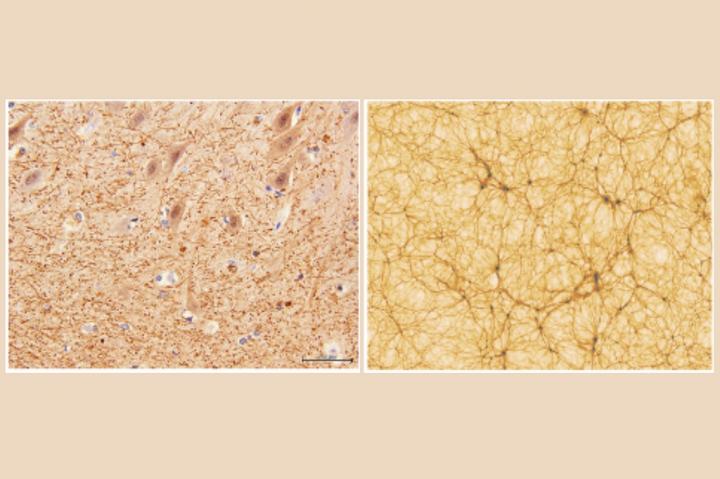Why the brain and the cosmos are structurally similar
The human brain has a volume of a about one liter (0,26 gallons, man: 1.27 l, woman: 1.13 l), i.e. one cubic decimeter or 0.001 cubic meter. The universe, on the other hand, has a volume of 2.3 million billion trillion cubic light years. Obviously, this is a huge difference of over 30 orders of magnitude. Nevertheless, both structures, the network of galaxies that criss-crosses the universe and the neural network in the brain, have surprising similarities, as Franco Vazza (astrophysicist at the University of Bologna) and Alberto Feletti (neurosurgeon at the University of Verona) note in a paper published in Frontiers of Physics.
The human brain works by means of an extensive neural network, which is thought to contain about 69 billion neurons. On the other hand, the observable universe can count on a cosmic network of at least 100 billion galaxies. In both systems, only 30 percent of the mass is composed of galaxies and neurons. Also in both systems, the elements, neurons or galaxies, arrange themselves in long filaments or nodes between the filaments. Finally, in both systems, 70 percent of the mass and energy distribution consists of components that play an apparently passive role: Water has this role in the brain, whereas dark energy has it in the observable universe.
Based on the common characteristics of the two systems, the researchers compared a simulation of the network of galaxies with sections of the cerebral cortex and cerebellum. The aim was to observe how the fluctuations of matter scatter over such different scales. «We calculated the spectral density of both systems. This is a technique frequently used in cosmology to study the spatial distribution of galaxies,» explains Franco Vazza. «Our analysis showed that on a scale of 1 micrometer to 0.1 millimeter, the distribution of fluctuation within the neural network of the cerebellum follows the same progression of matter distribution as the cosmic network, but of course on a larger scale ranging from 5 million to 500 million light-years».
The two researchers also calculated some parameters that characterize both the neural network and the cosmic network: the average number of connections in each node and the tendency to cluster several connections in relevant central nodes within the network.
«Once again, structural parameters have identified unexpected degrees of similarity. It is likely that connectivity within the two networks develops according to similar physical principles, despite the striking and obvious difference between the physical forces regulating galaxies and neurons,» Alberto Feletti adds. «These two complex networks show more similarities than those that exist between the cosmic network and a single galaxy or a neural network and the interior of a neuron».
The encouraging results of this pilot study lead the researchers to believe that new and more effective analytical techniques in both fields, cosmology and neurosurgery, could provide a better understanding of the temporal evolution of the dynamics underlying both systems.
